Chadian Food Dishes: Basic Overview
Common Ingredients
Common Cooking Methods
Courses
Meals
Key Taste
Eating Etiquette
Meal Presentation
Culinary Festivals
Influence and Fusion
Popular Types of Chadian Dishes
-
Stews
In Chad, stews are a cornerstone of the cuisine, often rich in flavors with a base of meats, vegetables, and sometimes legumes, simmered together with local spices and herbs.
They are a staple food that pairs well with various traditional sides.
-
Porridge
Chadian porridge is a versatile dish, made from cereals like millet, sorghum, or maize, cooked to a thick consistency with water or milk.
It can be sweetened with sugar or honey and is enjoyed as a nourishing breakfast or snack.
Chadian dishes combine the country’s diverse cultural heritage and geographical landscape, characterized by its hearty, flavorful, and often simple dishes.
The culinary landscape of Chad is a fusion of flavors, ingredients, and cooking techniques, shaped significantly by Arab, and African culinary specialties.
Central to these culinary creations is the use of grains such as millet and sorghum for making porridges, breads, and beers.
The cuisine incorporates a variety of meats, including beef, goat, and fish, which are often grilled or stewed with vegetables and spices to create rich, satisfying dishes.
Vegetables and legumes play a significant role, used in stews and sauces to accompany the main grain-based dishes. Chadian food is also known for its use of bold spices and flavors, including chili peppers, garlic, and ginger.
The preparation and consumption of meals in Chad are deeply rooted in the country’s social and cultural practices, with meals often shared from a communal dish.
Are you ready to learn about the dishes coming from Chad? When you’re done, don’t miss the chance to uncover the dining customs of locals here, along with some interesting beverage options to have with those dishes.
10 Most Popular Chadian Dishes with Filters
While exploring, don’t forget to use the handy filter system, allowing you to have a better view of Chadian dishes in alphabetical order, tastes, dish types, key ingredients, cooking methods, and global popularity.
Then, get to know some categories of Chadian specialties like the most popular, national, traditional, and street food options:
Jarret de Boeuf
- Traditional
Jarret de boeuf is one of the Chadian dinner recipes that involve beef as the main source of protein. This vegetable and beef stew is directly translated to “beef shank” and is a favorite food of people in the south of Chad.
Made by simmering for hours, jarret de boeuf offers tender beef that easily separates into small pieces. The stew is perfect for enjoying with rice, fufu (pounded yam or cassava), and other carbohydrate-based staples.
Maharagwe
- Traditional
Maharagwe is a simple soup of beans cooked in a spicy coconut broth mixture. Also known as maharage ya nazi, the soup calls for red beans, haricot, or French beans.
Its name means “beans” in the Kiswahili language. This dish provides an exquisite taste of beans stewed with coconut milk, cardamom, cinnamon, and chili.
Bangaou
- Traditional
Bangaou is a dish hailing from the northern culinary traditions of Chad, known for its rich protein and fiber content derived from generous amounts of meat and vegetables.
Perfectly paired with rice or couscous, this dish offers a harmonious blend of succulent meat, alongside a medley of tomatoes, bouillon cubes, potatoes, and beans.
Daraba
- Traditional
Daraba is a stew full of flavors in Chad created using a medley of vegetables. Ideally, locals go for a mix of spinach, tomatoes, and okra, all simmered until they’re tender.
The dish often includes crushed peanuts, adding a nutty flavor that complements the vegetables beautifully.
La Bouillie
- Traditional
La Bouille is a Chadian breakfast with a consistency pretty similar to porridge. Traditionally, it’s made from cereals such as millet, sorghum, maize, or wheat flour, cooked with water or milk until it reaches a thick, creamy consistency.
Plus, people even sweeten the porridge with sugar, honey, or fruit, making it a popular breakfast or snack for children and adults alike.
Peanut and Squash Stew
- Traditional
Peanut and squash stew is a thick combination on the dining table of Chadians. Locals usually rely on this rich and flavorsome stew to accompany main dishes.
Peanuts and local squashes are 2 essential ingredients in this stew. Furthermore, the stew comes with tomatoes, spinach, red peppers, and coconut milk.
Aiyash
- Street Food
Aiyash are Chadian balls of crispiness made primarily from millet flour paste. This dish stands out for the delightful crunch it offers with each bite.
While Aiyash itself carries a relatively plain flavor, it is typically served with a variety of sauces to enhance its taste. The most commonly paired sauce is a rich peanut sauce, which adds a creamy texture and nutty flavor.
Additionally, it can be enjoyed with a blend of saka-saka (green cassava leaves), spinach, and okra sauce.
Kisra
- Traditional
Kisra is a fermented bread in Chad and other African countries. It consists of durra (Sorghum) and wheat.
Interestingly, the dish has two different versions. The porridge form of kisra is known as aseeda. Meanwhile, many Chadians roll cook the batter over a griddle until translucent before folding it into a thin round shape.
Kisra is a staple food item in the regions where it’s made, often serving as an accompaniment to various dishes. It’s typically eaten with stews, soups, and sauces, used to scoop up the meal or as a wrap for meats and vegetables.
Esh
- Traditional
Esh is a common dish among northern Arabs in Chad that consists of boiled millet flour served with a moulah sauce. The sauce is a slow-cooked stew made with meat, vegetables, and spices.
The specialty is a simple and filling dish that can be eaten with bread or by itself
Fufu
- National
- Traditional
Fufu is a pounded meal made from cassava, plantains, or cocoyam in Chad that is a staple food in many West African countries. It is usually eaten with soups or stews by pinching off a piece of fufu and dipping it in the sauce.
Fufu has a smooth and stretchy texture and a mild and slightly sour flavor.
What Is the Dining Custom of Chadians?
Chad is a country with ethnic and language diversity, but French and Arabic are common languages. This nation is located in Central Africa and was declared independent from France in 1960.
About festivals, this country has about 8 national holidays, and Muslim and Christian festivals are the main events. People often engage in many exciting activities on holidays, such as dancing, singing, cooking, etc
You can find about 200 ethnic groups in this land. Most of them follow Islam, African tribal religions, and Christianity. Mountains are the main terrain in this country. Moreover, it has 3 big rivers and Lake Chad.
Thanks to the semi-tropical climate and many large farms, agriculture is the primary sector in Chad. Another major source of food comes from fish caught in the country’s numerous rivers and lakes.
Chadians consider the meal in the middle of the day an essential part. In particular, guests should not refuse to enjoy a meal when visiting the home. Usually, dishes will be arranged on a mat, and everyone will start eating after the host prays.
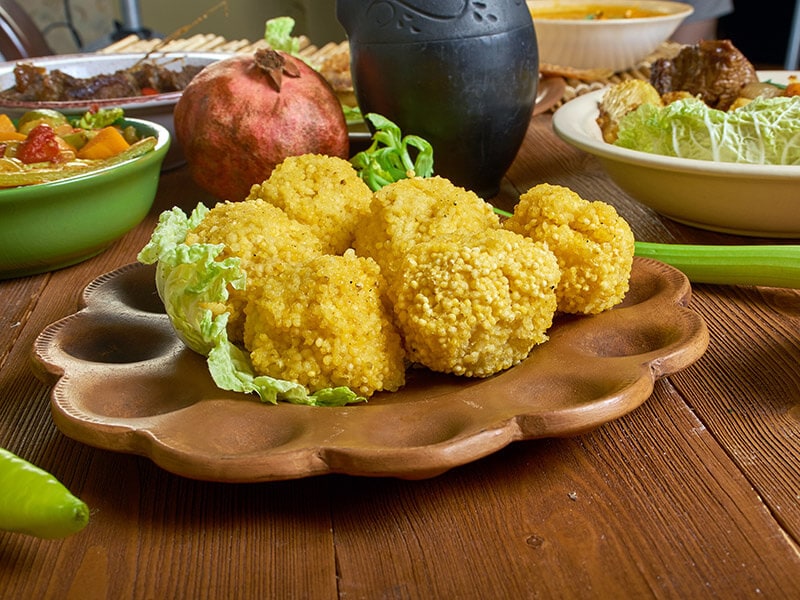
What Chadian Dishes to Pair with Beverages?
In Chadian cuisine, selecting beverages to accompany meals involves considering the dish’s flavors and textures to create complementary pairings. Here are some general guidelines for matching Chadian dishes with drinks.
Are you satisfied with the foods I have introduced? I hope to get your comments after going through these Chadian dishes.
Also, if you have any questions, do not forget to leave them in the comment section.



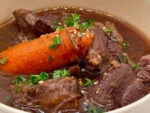
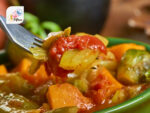
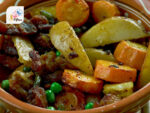

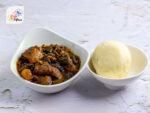
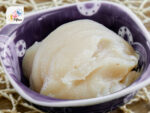
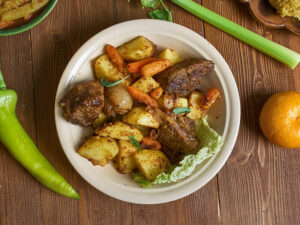
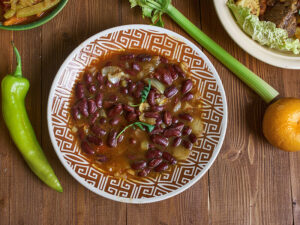
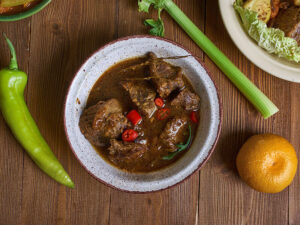
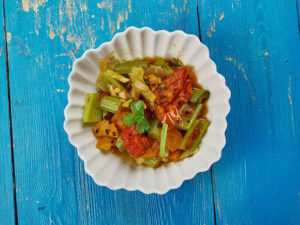
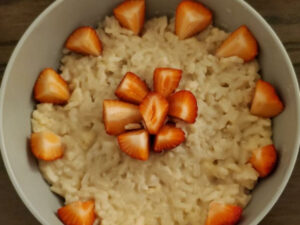
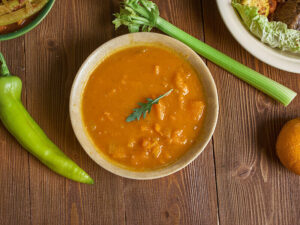
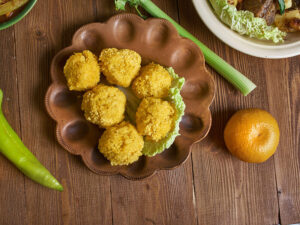
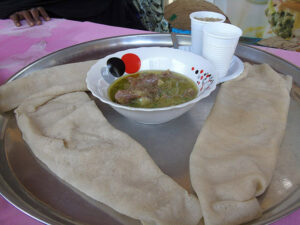

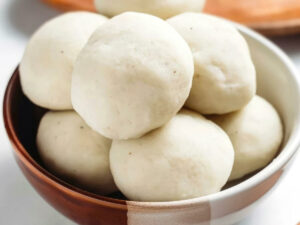
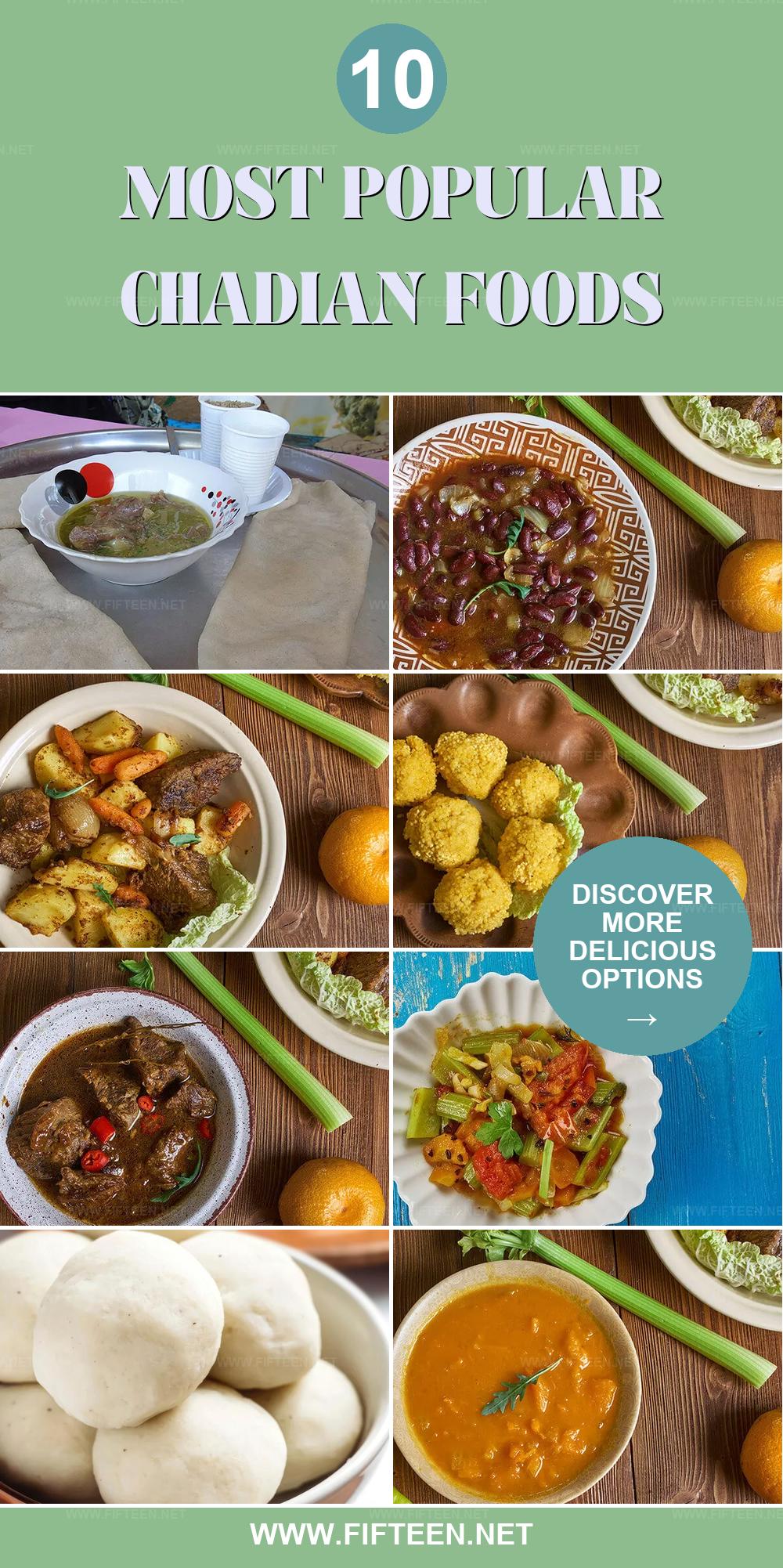
Jamie Scott
Editor in Chief, Senior Content Writer
Expertise
Home Cooking, Meal Planning, Recipe Development, Baking and Pastry, Food Editor, Cooking-video Maker, Western Food Evaluation Expert
Education
Le Cordon Bleu College of Culinary Arts
Local Community College, New York, NY
Jamie Scott is a skilled culinary expert and content creator specializing in Western cuisine. With over 15 years in the culinary field and formal training from Le Cordon Bleu, Paris, Jamie deeply understands how to blend nutrition with delicious flavors. His passion for cooking matches his commitment to making healthy eating accessible and enjoyable.
On Fifteen.net, Jamie brings a fresh perspective to classic dishes and beverages, offering readers insightful recipes, cooking tips, and a fresh view on meal planning that emphasizes taste, health, and simplicity.